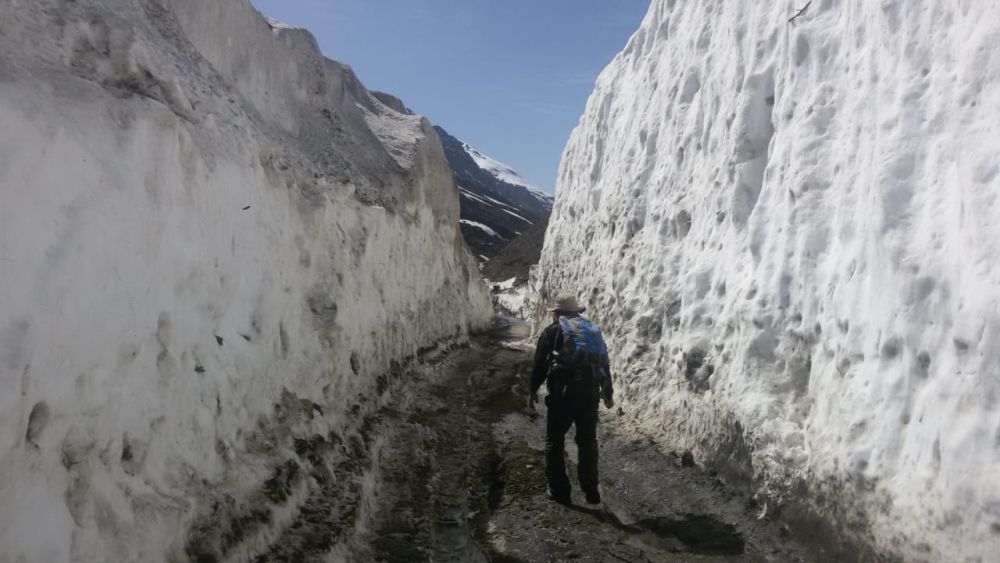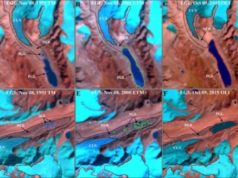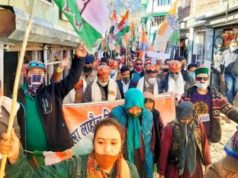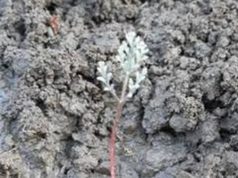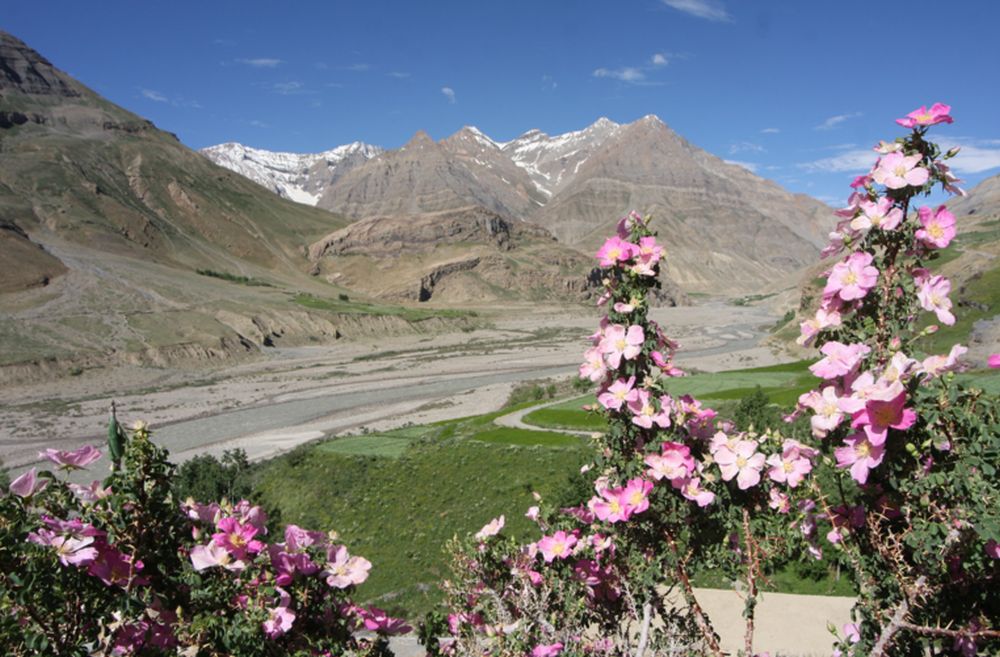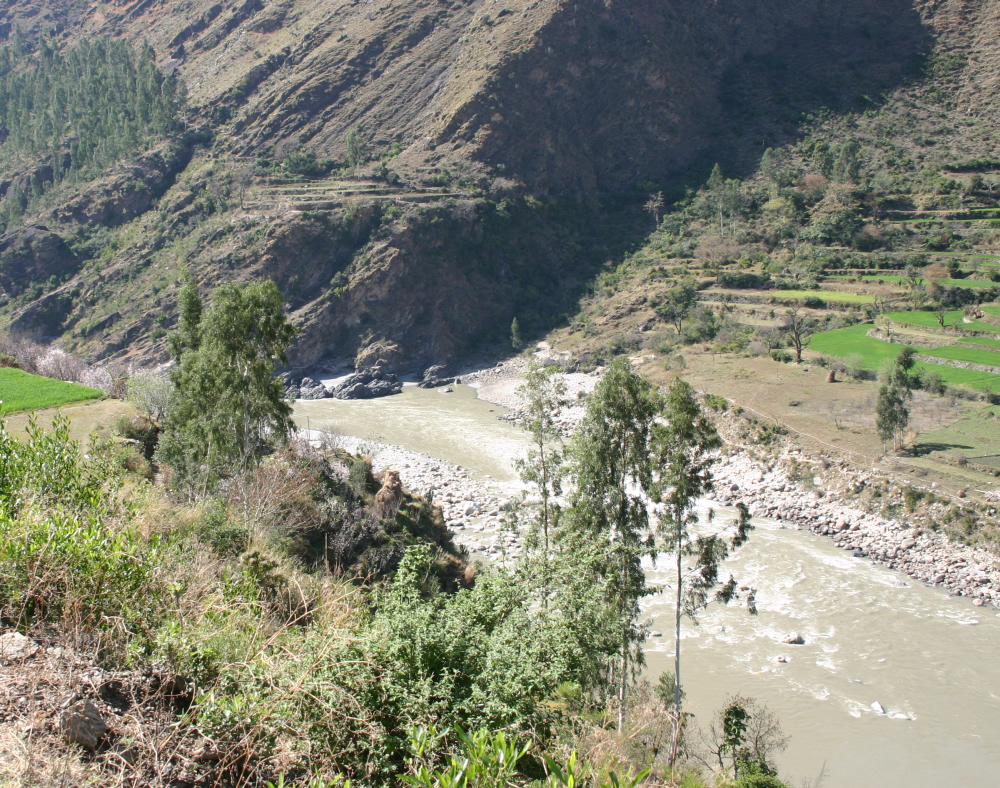In an unusual turn of events, Keylong, the coldest region in Himachal Pradesh, has recorded a temperature higher than Shimla and Kalpa, raising concerns about global warming. On Saturday, the maximum temperature in Keylong reached 27.3°C, marking the second-highest temperature ever recorded in the region’s history. The highest was in 2020, when the mercury soared to 28.3°C, setting an unprecedented benchmark for the area, known for its snow-clad valleys and glaciers.
Shimla recorded a maximum temperature of 26.0°C, while Kalpa registered 25.1°C. This spike in temperature is not limited to daytime; minimum temperatures across the state have also been rising, even at night. In Dehra Gopipur, the nighttime temperature was 26°C, while Paonta Sahib reported 25°C.
The sudden increase in temperature has left experts attributing the phenomenon to global warming. September, typically a cooler month in Himachal, has seen fluctuating weather patterns, with extreme heat now taking over after the monsoon rains.
The heatwave has also affected Una and Bilaspur, with temperatures reaching 36.2°C and 35.1°C, respectively. The continuous sunshine and clear skies have contributed to the rising heat, with humidity increasing, even during the night.
The Meteorological Department has forecast clear weather for the next few days, with temperatures expected to rise further on the 23rd and 24th of September. However, by the 25th of September, rain is likely to return to several parts of the state, with a yellow alert issued for strong winds and lightning. Another spell of rain is expected on the 27th, followed by clear skies and heat resuming from the 28th of September.
Experts continue to warn that the rising temperatures in traditionally cold regions like Keylong are indicators of broader climate changes. If this trend continues, the effects on Himachal Pradesh’s environment, agriculture, and tourism could be severe.


